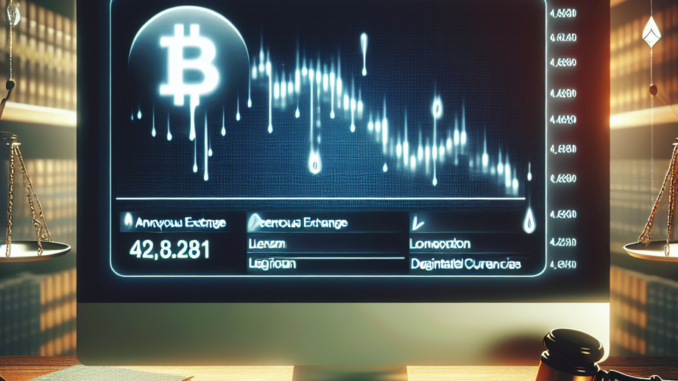
In a surprising turn of events, FTX, a once prominent player in the cryptocurrency exchange industry, has decided to cease operations, leaving investors and customers uncertain. The collapse of FTX has caused discussions about the stability and regulation of the industry.
FTX’s founder, Sam Bankman-Fried, has been convicted of fraud charges and is awaiting sentencing on March 28. The case, officially known as FTX Trading Ltd., 22-11068, is being heard in the US Bankruptcy Court. The collapse of FTX can be attributed to a lack of essential technology and management, as well as fraudulent activities that occurred from 2019 until the company’s demise in November 2022.
A primary concern for FTX customers is the calculation of repayments. The surge in cryptocurrency value, especially Bitcoin, has made it difficult for customers to determine the exact amount they will receive. Repayments will be calculated based on cryptocurrency prices from November 2022, further complicating the process.
Restructuring advisers have been appointed to oversee the repayment process and ensure a fair distribution of recovered assets. Their main responsibility is to carefully examine evidence provided by claimants and assess the value of these assets based on FTX’s financial standing before bankruptcy.
Bankman-Fried’s management has faced scrutiny. The absence of risk management and proper oversight raises concerns about his ability to protect customer funds. Bankman-Fried misused customer funds to support Alameda Research, FTX’s affiliated hedge fund.
During court proceedings, Bankman-Fried’s defense relied on claims of memory lapses, which contradicted documented statements he made after FTX’s collapse. It is clear that his fraudulent activities significantly contributed to the exchange’s downfall.
FTX has reported the recovery of over $7 billion in assets, giving hope to affected customers. These assets will be used to reimburse customers who suffered losses. However, the repayment process is complex and requires customers to provide evidence of their lost assets, adding complexity to an already challenging situation.
The collapse of FTX presents a complex scenario for the cryptocurrency industry. The exchange failed to secure investors and bidders before deciding to liquidate. This collapse highlights the risks and challenges faced by cryptocurrency exchanges.
The collapse of FTX is a significant event in the cryptocurrency industry’s history. Its repercussions raise concerns about the stability and regulation of the industry as a whole. Cryptocurrency investors must now grapple with the implications of such a high-profile failure.
As the bankruptcy case unfolds, the fate of FTX and its customers hangs in the balance. The court’s decision will shape the recovery process and determine the extent to which affected individuals are compensated for their losses.
The collapse of FTX reminds us of the importance of due diligence and thorough evaluation when dealing with cryptocurrency exchanges. It emphasizes the need for stronger regulation and oversight to protect investors and ensure trust in the industry.
In conclusion, the collapse of FTX has sent shockwaves through the cryptocurrency industry, highlighting the need for greater stability and transparency. The lack of infrastructure, mismanagement, and fraudulent activities have resulted in a complex aftermath. As FTX customers navigate the repayment process, the industry must learn from this and work towards stronger regulation and oversight to protect investors’ interests.

Be the first to comment